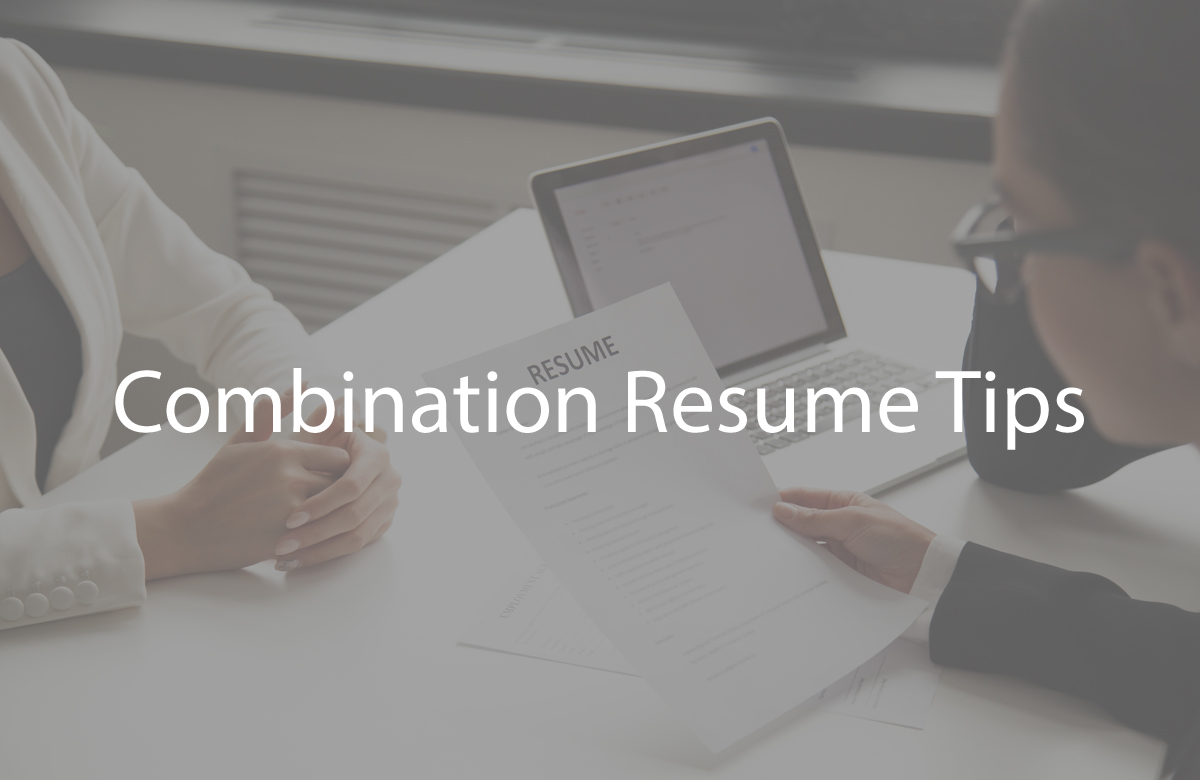
Combination Resume Tips
A combination resume, also known as a hybrid resume, blends elements of both a chronological resume (which lists work experience in reverse chronological order) and a functional resume (which emphasizes skills and qualifications). Here are some tips for creating an effective combination resume:
-
Start with a Strong Summary: Begin your combination resume with a well-crafted summary or objective statement. This should be a concise overview of your skills, qualifications, and career goals. It’s your opportunity to grab the employer’s attention.
-
Organize by Skill Sets: Similar to a functional resume, group your skills and qualifications into relevant categories or skill sets. Common categories might include “Project Management,” “Technical Skills,” “Leadership,” etc.
-
Highlight Relevant Skills: Under each skill set, provide specific examples of achievements and experiences that demonstrate your proficiency in that area. Use bullet points to make these accomplishments stand out.
-
Include a Work History Section: Unlike a pure functional resume, a combination resume includes a detailed work history section. List your work experience in reverse chronological order (most recent job first), including the name of the company, job title, dates of employment, and a brief description of responsibilities and achievements.
-
Focus on Achievements: In the work history section, emphasize your achievements and contributions in each role. Use action verbs and quantify your accomplishments whenever possible. Show how your skills have been applied in real-world situations.
-
Tailor for Each Job: Customize your combination resume for each job application. Highlight the skills and qualifications that are most relevant to the specific job you’re applying for. Adjust the order of sections to emphasize what’s most important for that role.
-
Education and Certifications: Include your educational background, certifications, and relevant training in a separate section. Highlight any certifications or courses that support your skills and qualifications.
-
Address Employment Gaps: If you have employment gaps, consider briefly addressing them in your cover letter. Focus on what you were doing during that time, such as volunteering, freelancing, or taking courses.
-
Use a Consistent Format: Maintain a consistent format throughout your resume. Use the same fonts, bullet points, and headings to make your resume visually appealing and easy to read.
-
Proofread Carefully: As with any resume, proofreading is crucial. Ensure that there are no typos or grammatical errors in your combination resume. A well-written resume reflects attention to detail.
-
Consider Industry Norms: Research the norms in your industry before deciding on the type of resume to use. Some industries may prefer chronological resumes, while others may be more receptive to combination resumes.
-
Include a Relevant Job History Section: In the work history section, focus on roles that are directly related to the job you’re applying for. You can include a brief section that lists other, less relevant jobs without going into detail to provide context for your skills.
A combination resume allows you to showcase your skills and qualifications while providing a clear work history. It’s a versatile format that can be particularly effective if you have a strong set of skills and a diverse work background. Customize it for each job application to maximize its impact.
